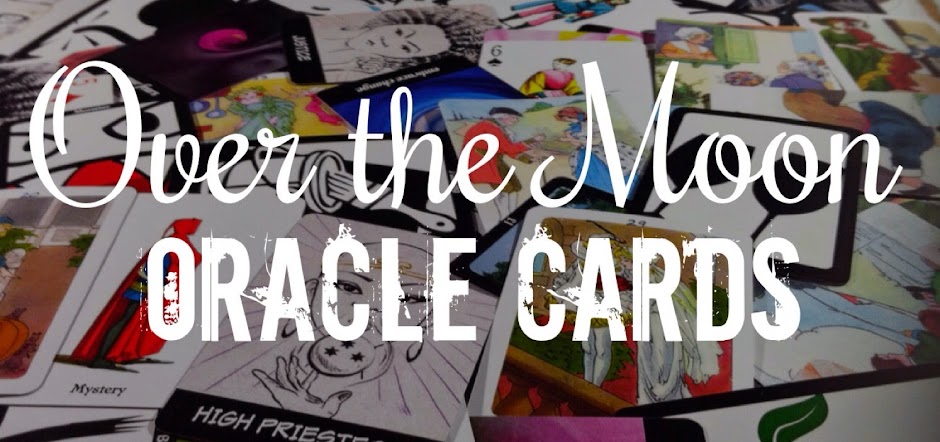I received my certification in handwriting analysis from the KAROHS International School of Handwriting Analysis many, many years ago, long before the arrival of texting and other technology that's making handwriting obsolete. But what I learned about handwriting symbolism overlaps so many other symbolic systems, including tarot. In fact, I associate the suits with the four main handwriting types. You may not have any use for handwriting analysis but perhaps you'll learn more about the qualities of Wands, Swords, Cups and Pentacles by understanding the handwriting styles they reflect.
GARLANDS reflect the suit of Cups
The garland is a concave formation in the shape of a cup. Like an open hand, it represents someone with an open, generous and responsive nature. The garland writer is both emotional and expressive. They are also passive and non-competitive. They desire to avoid conflict and are highly adaptable. Their goal is communication and acceptance. They are all about sharing, exchanging, and cooperation. They are offering their cup to you and they want to receive and exchange cups with others. This is very easy to see in the symbolism of many of the Cups cards.
ARCADES reflect the suit of Pentacles
The arcade is a convex formation in the shape of an arch. It represents support and structure. Arcade writers are usually traditional, orderly, slow to change, and patient. The arch is a protective symbol. Likewise, people who write with this formation have a strong need to protect and serve. They also use the cup formation -- it's just an upside down cup. This means the arcade writer is emotional but they tend to control the expression of their emotions, preferring methodical thinking. If we look at the Rider-Waite tarot deck, we can see several examples of archways in the Pentacles cards. Even in the 6 of Pentacles, the pentacles are arranged in an arch over the characters.
THREADS reflect the suit of Wands
The thread is a curvy line. It's seen in handwriting that seems to slowly disintegrate or just wiggles across the page. People who write with a thread are curious and want to see and know everything. These are quick, creative thinkers who see the big picture but have little patience for the details. Often, threaded writing occurs as a result of speed. The mind is rushing along while the hand struggles to keep up, sacrificing legibility in the process. This type of writer can also be undisciplined and unpredictable, evading commitment, control and direction. Can you see threaded thinking in the Wands cards?
ANGLES reflect the suit of Swords
In handwriting, there are only two lines -- straight and curved. Out of the four handwriting types, the angle writer is the only one who chooses the straight line over the curve. To better understand angular writing, compare it to the flexibility of the curve. Straight lines are unbending and rigid, which reflects the nature of angle writers. The angle is associated with sharp mental acuity and also with assertiveness. Angle writers love toargue debate and refuse to compromise. They are often seen as cold and calculating. They make excellent strategists and, with their strong will and determination, they can succeed where others fail. This may give you more perspective on the Swords cards and the characters' motivation in these cards.
Here is handwriting expert Bart Baggett's video assessment of the extremely angular signature and handwriting of Donald Trump.
In handwriting, there are only two lines -- straight and curved. Out of the four handwriting types, the angle writer is the only one who chooses the straight line over the curve. To better understand angular writing, compare it to the flexibility of the curve. Straight lines are unbending and rigid, which reflects the nature of angle writers. The angle is associated with sharp mental acuity and also with assertiveness. Angle writers love to
Here is handwriting expert Bart Baggett's video assessment of the extremely angular signature and handwriting of Donald Trump.
Tarot images are from The Classic 1910 Tarot app by The Fool's Dog. If you have an interest in handwriting analysis, I recommend Handwriting Analysis: The Complete Basic Book.






Loved the article! This resonates with me so well! Just realized that I am indeed a cup-bearer and sometimes, due to the circumstances, I do hold the inverted cup. Loved this article so much, definitely going to learn more about Handwriting analysis. Thanks so much for sharing this post with us!
ReplyDeleteLove Shakti Mrig ♡
Thanks so much for your feedback Shakti! I'm so glad you enjoyed the article and could see yourself reflected in the handwriting/suit style!!
Delete